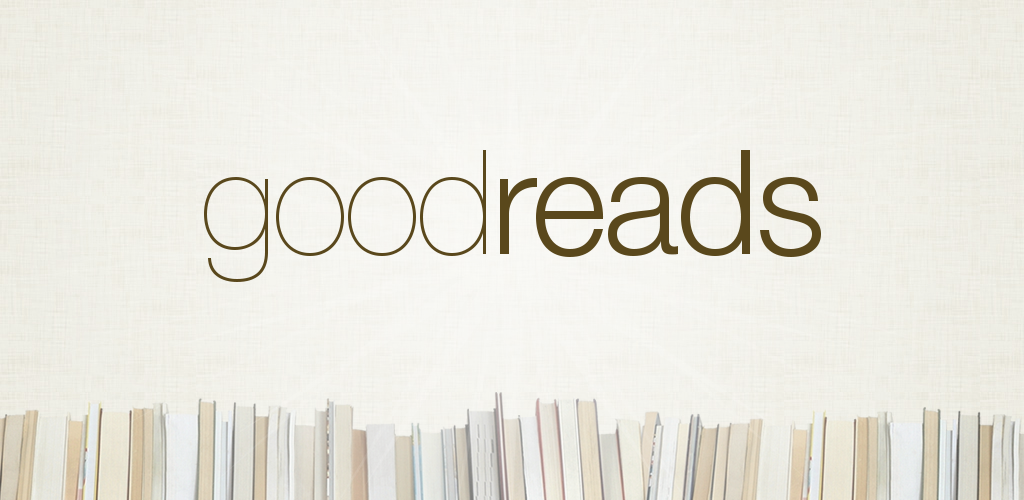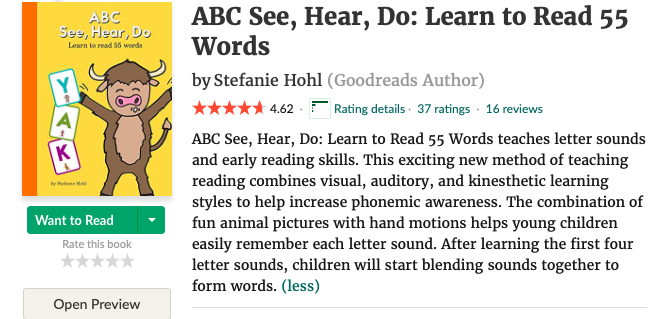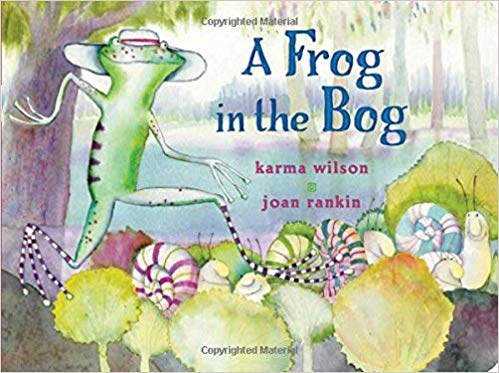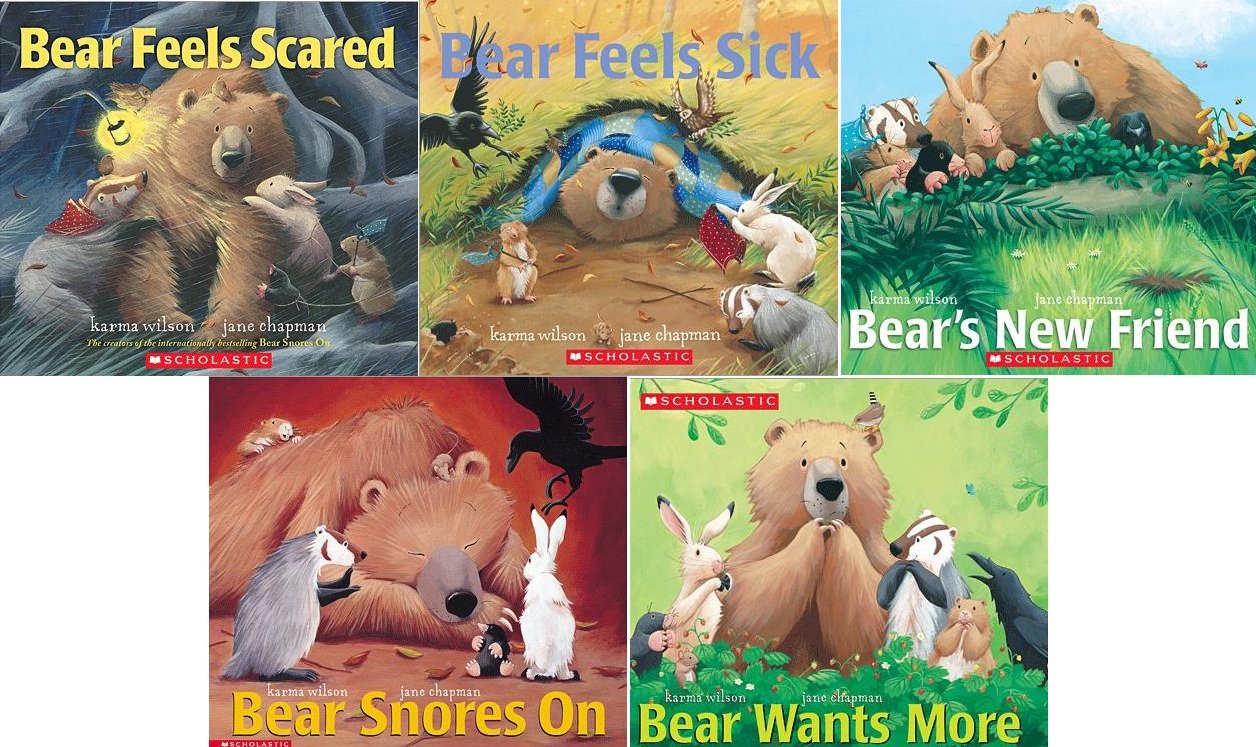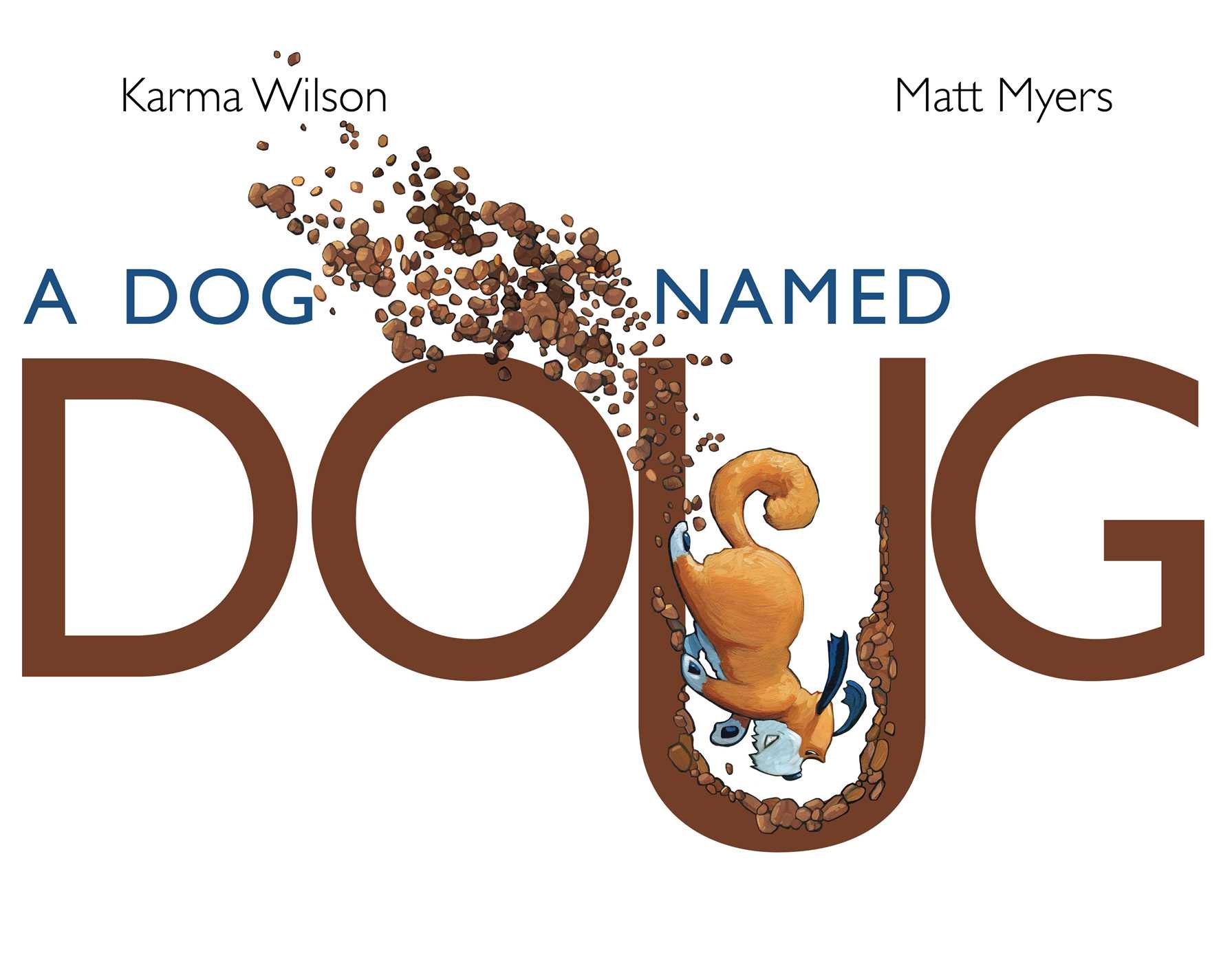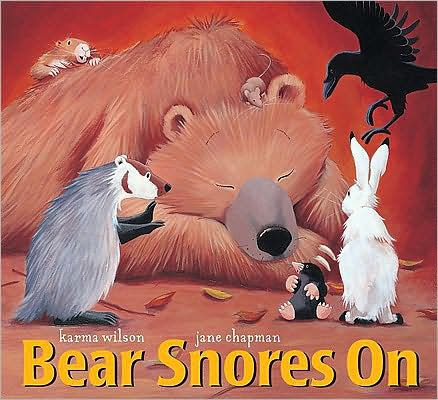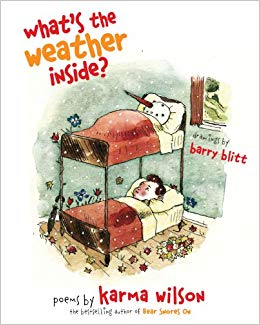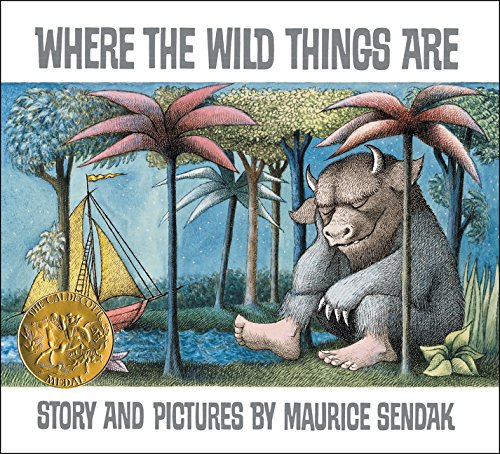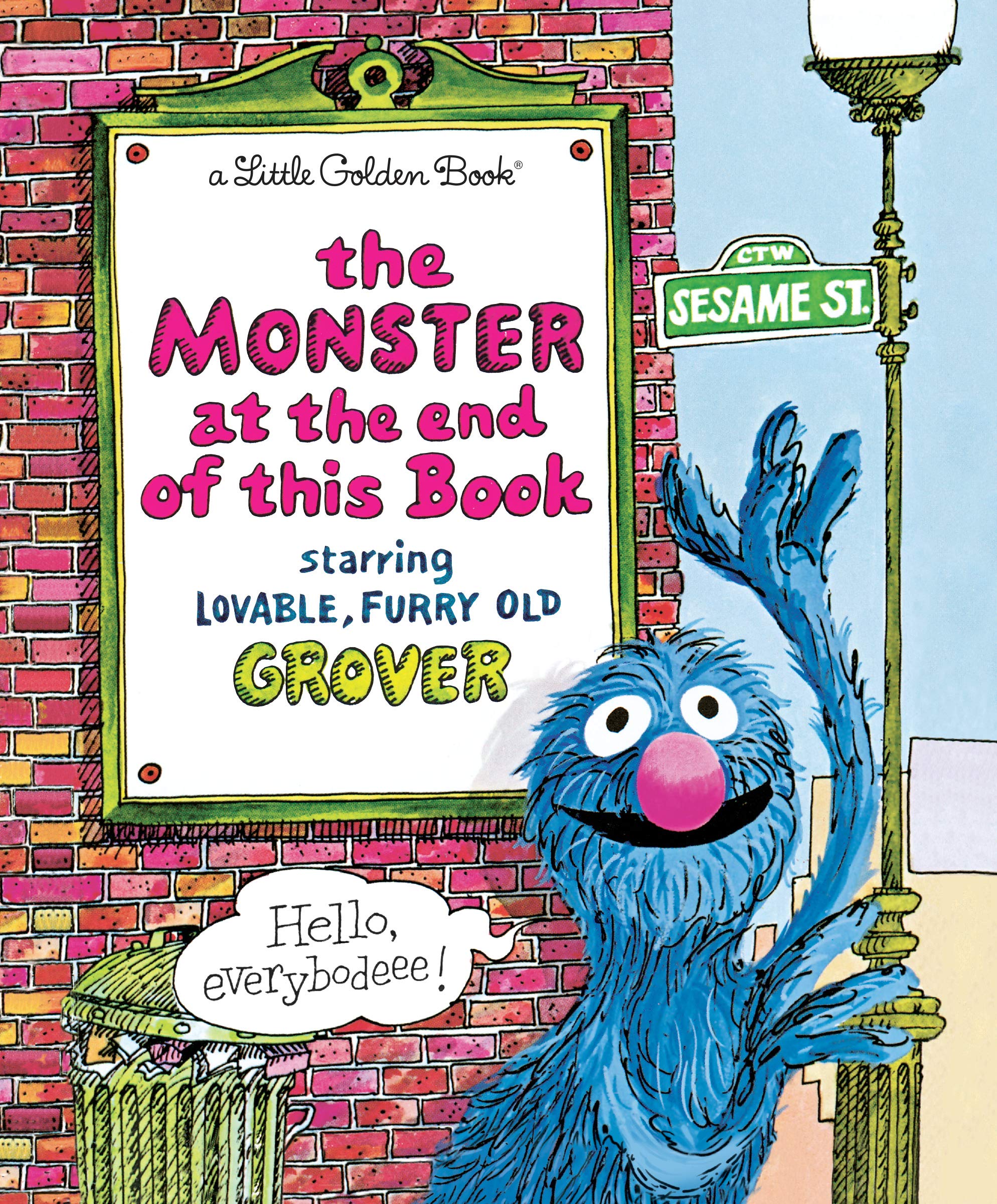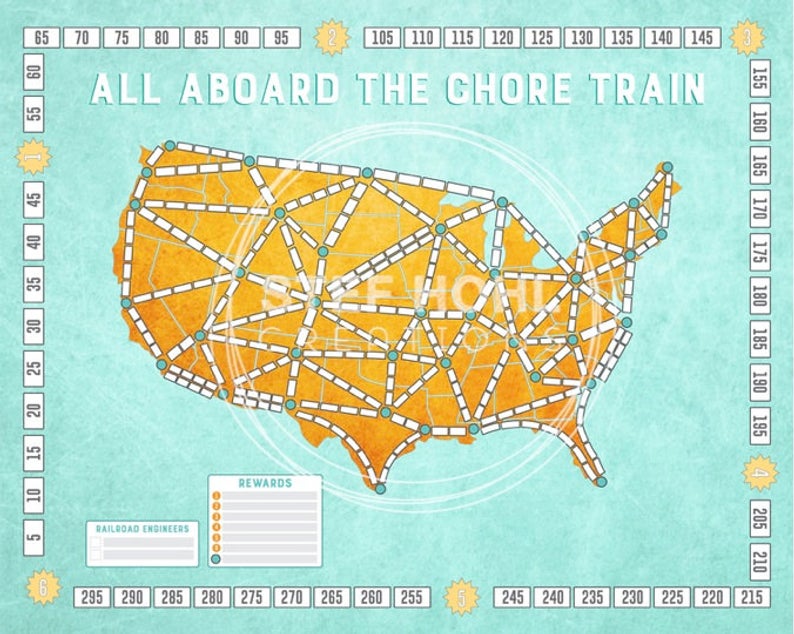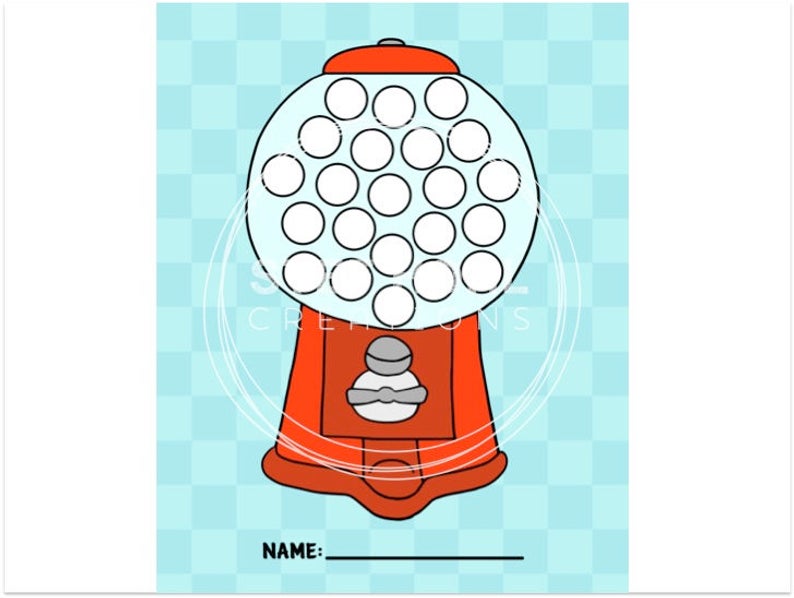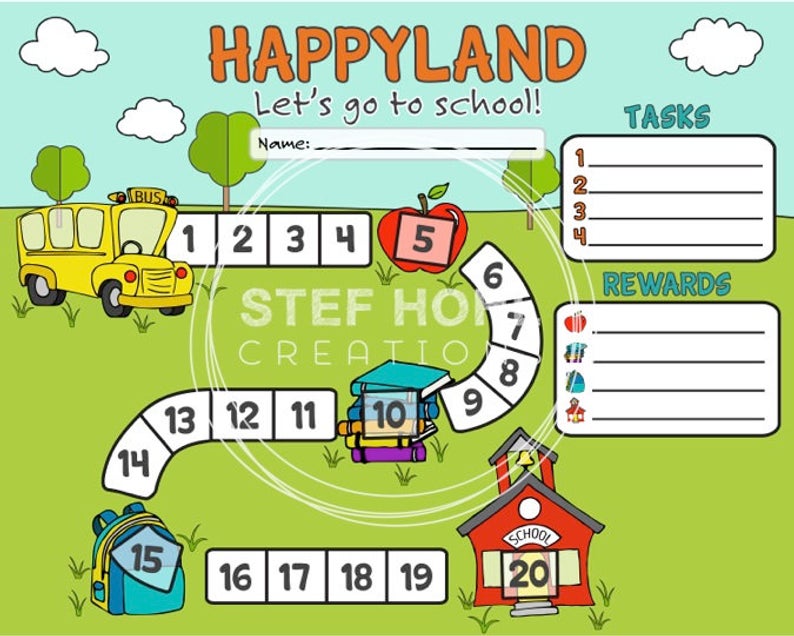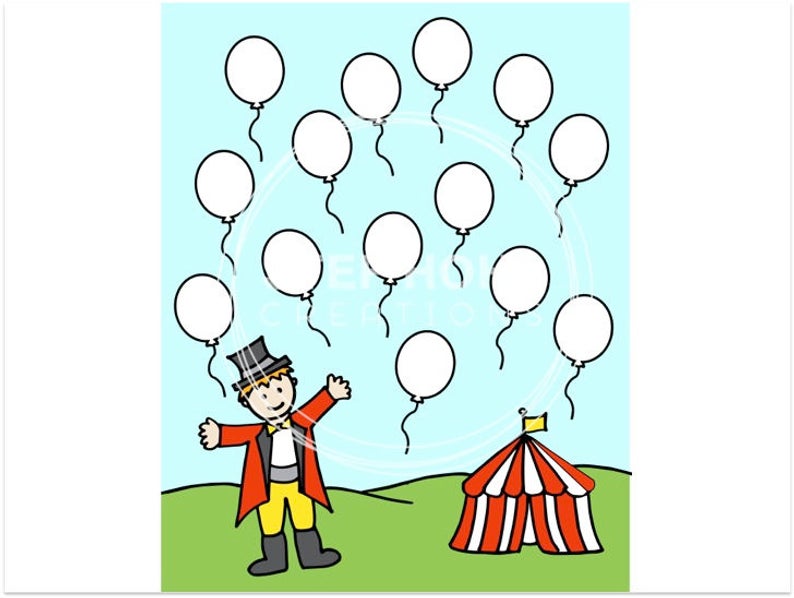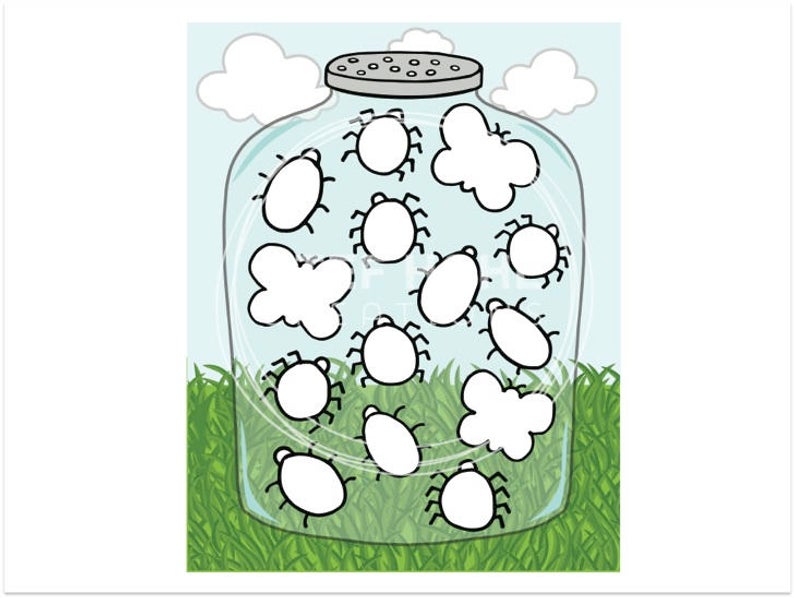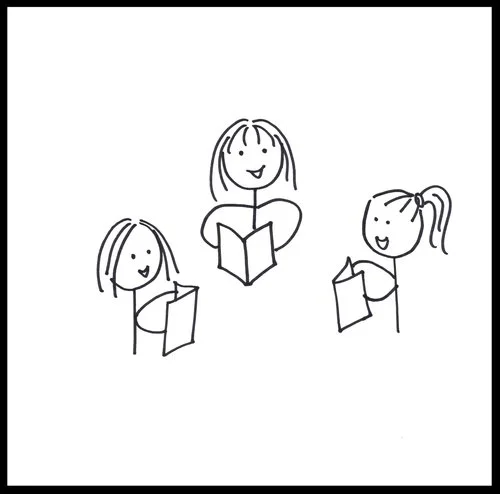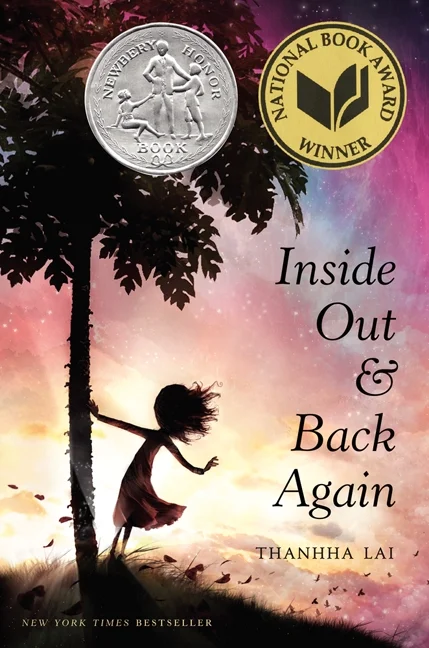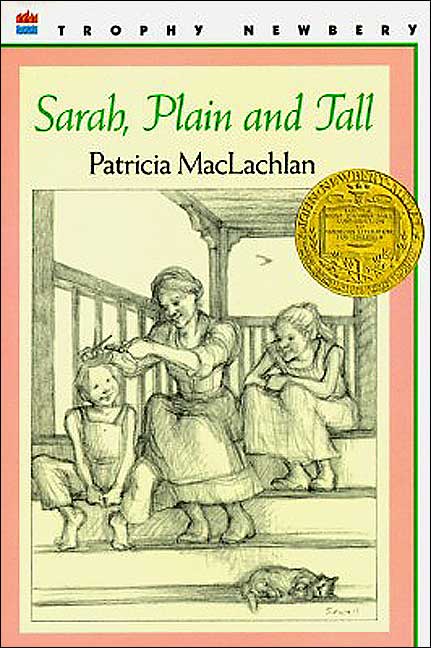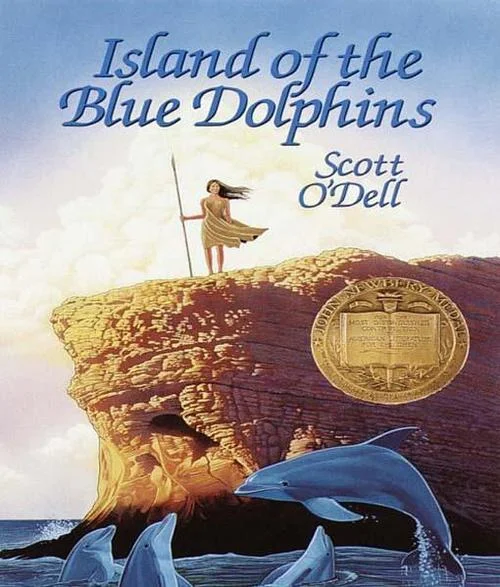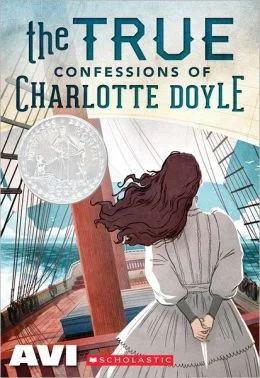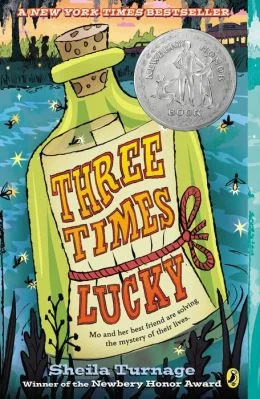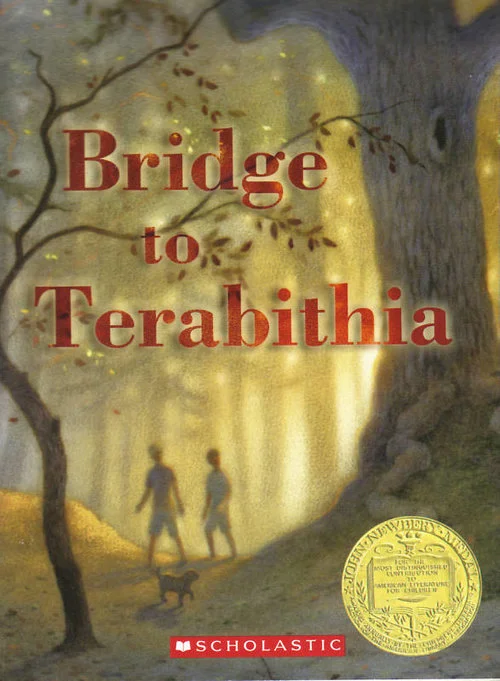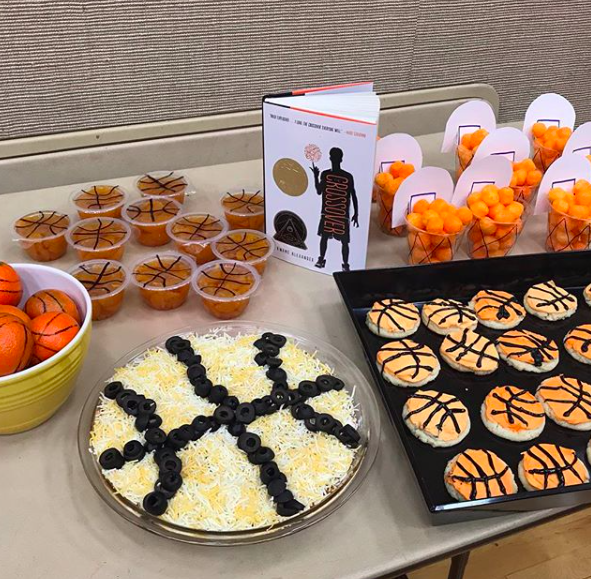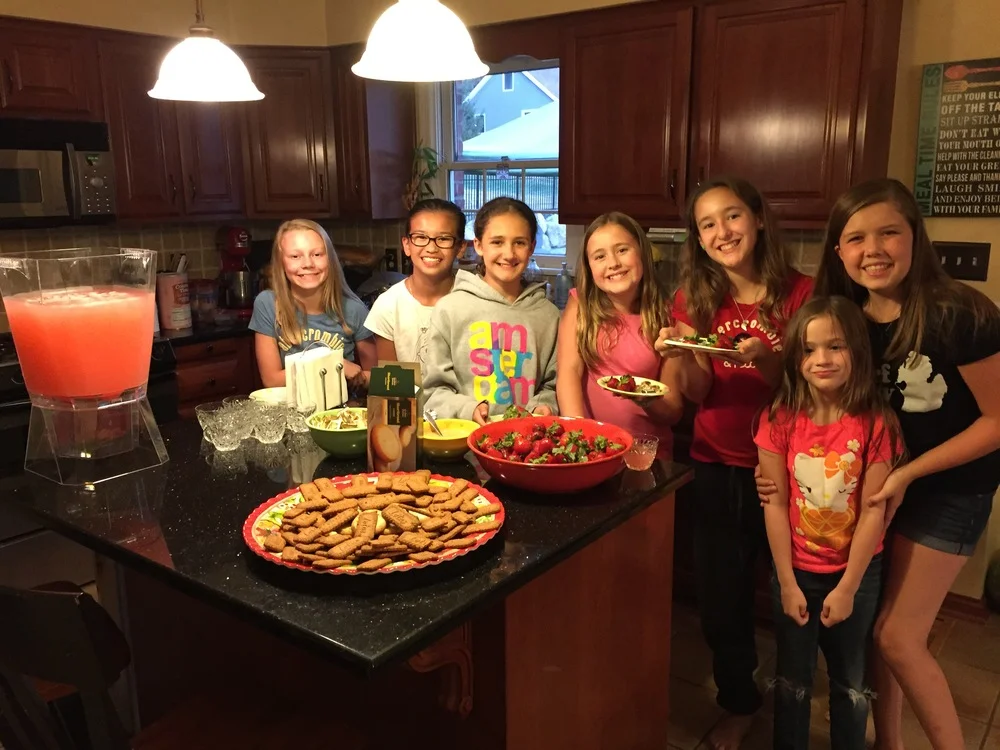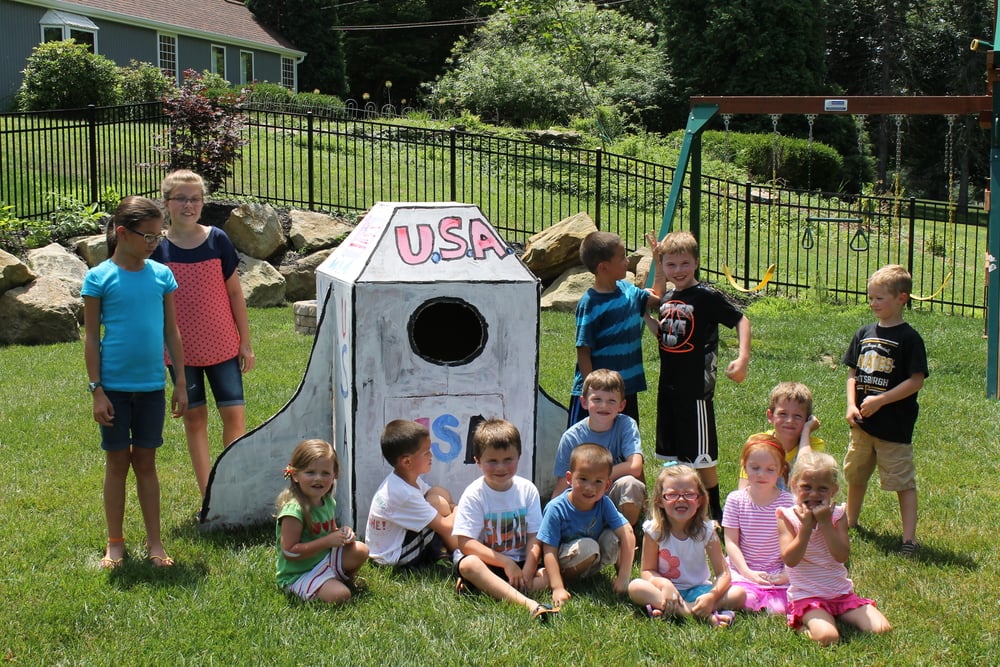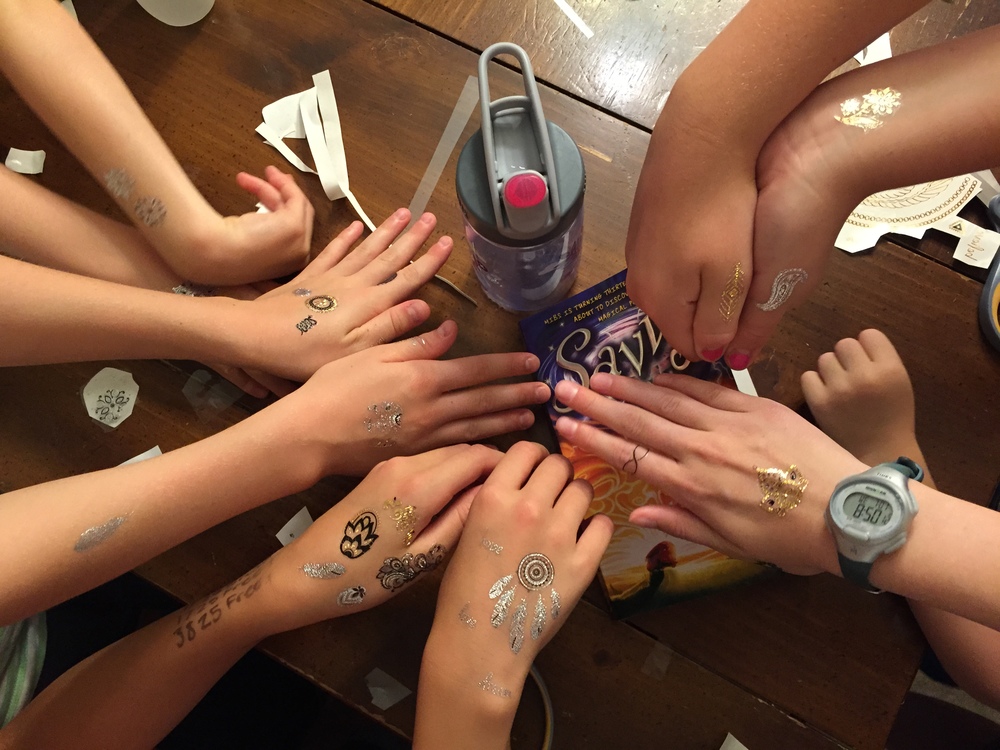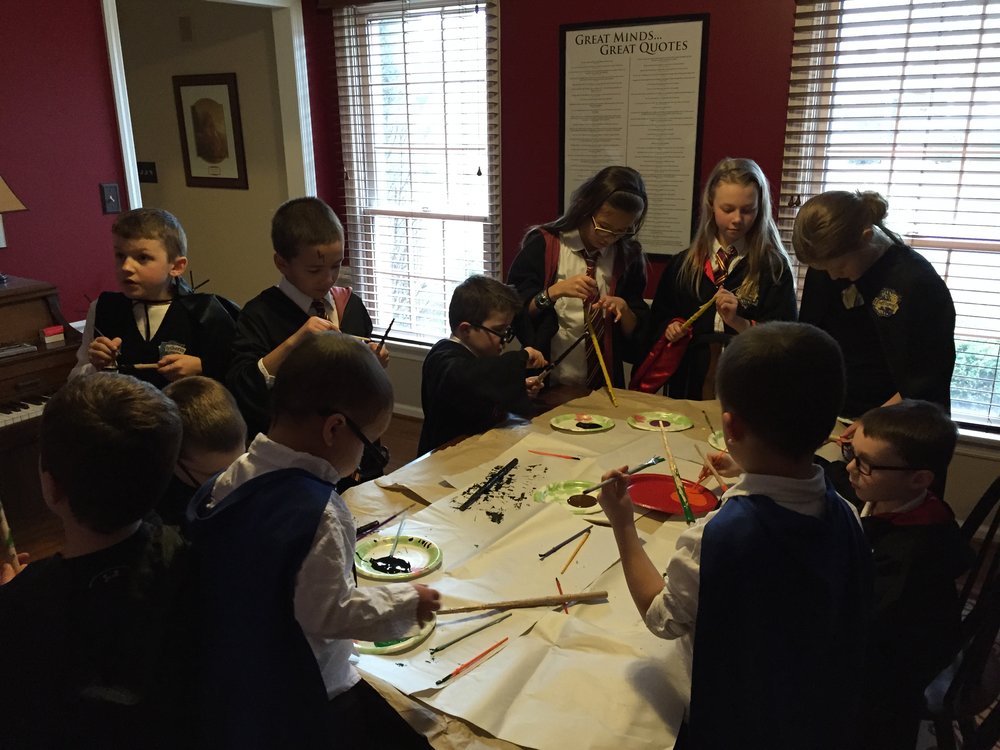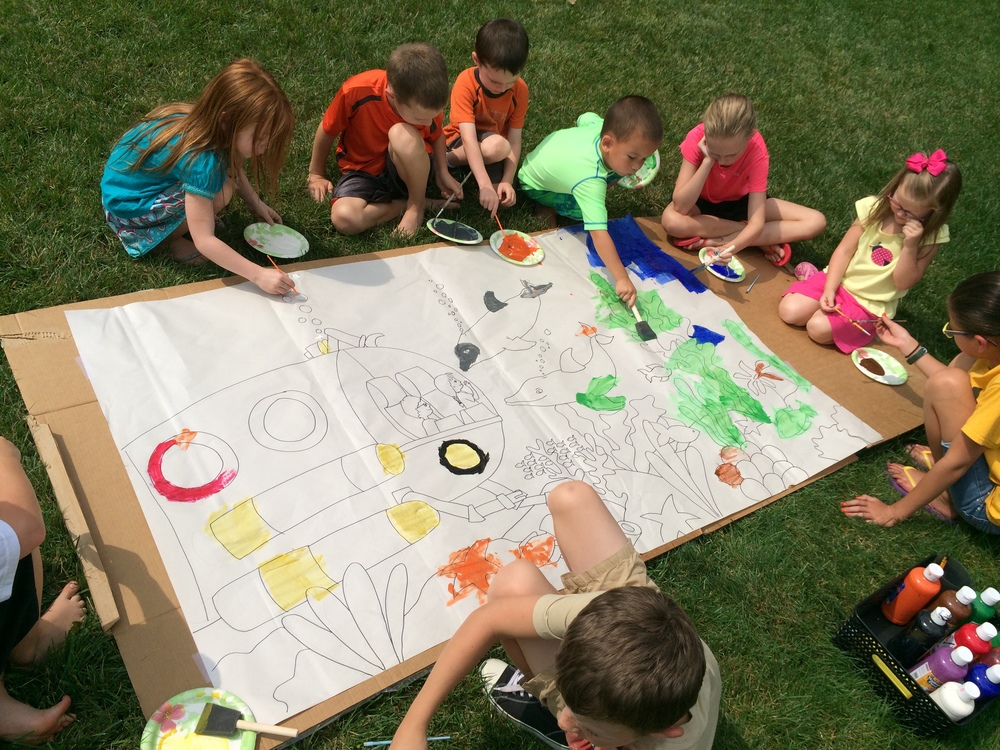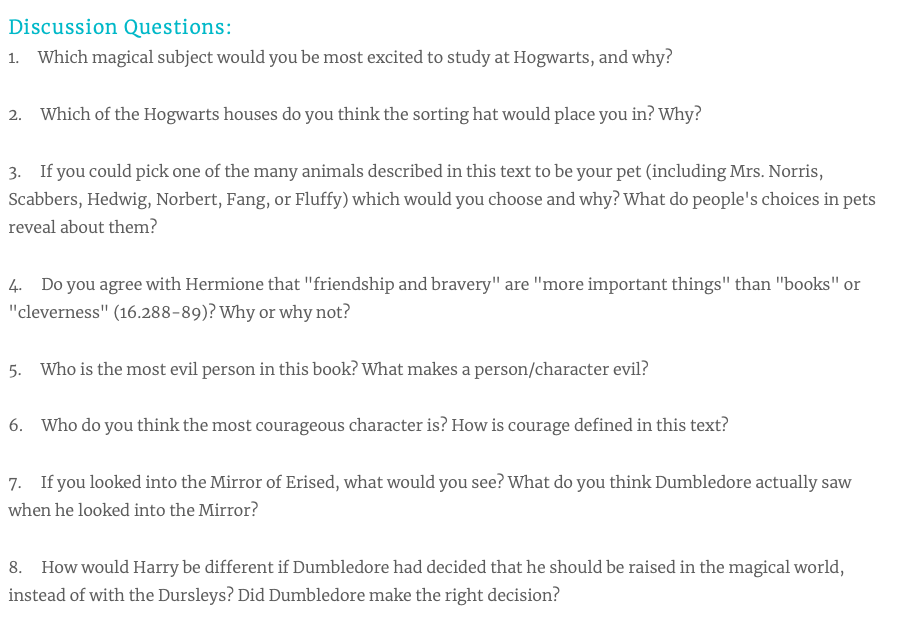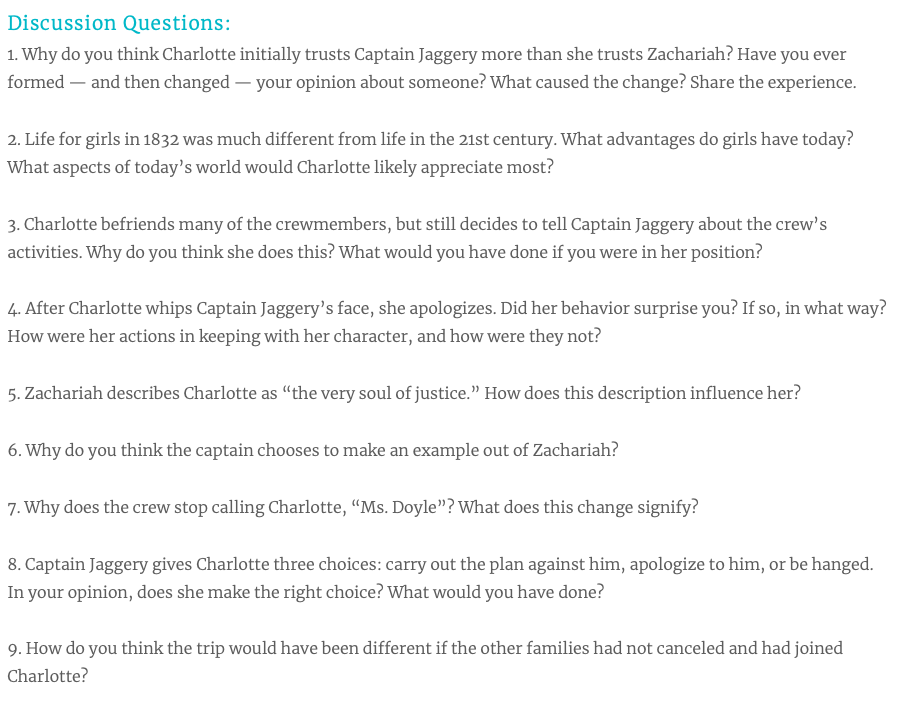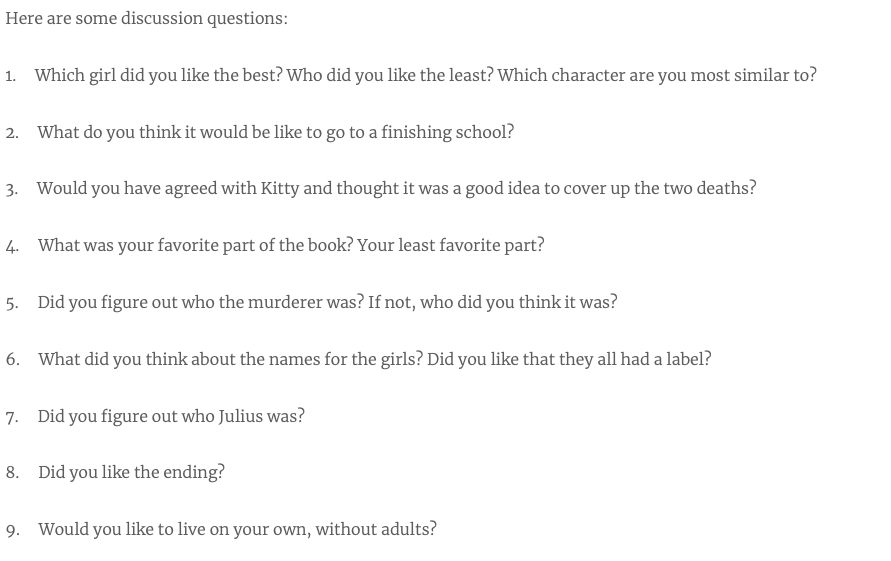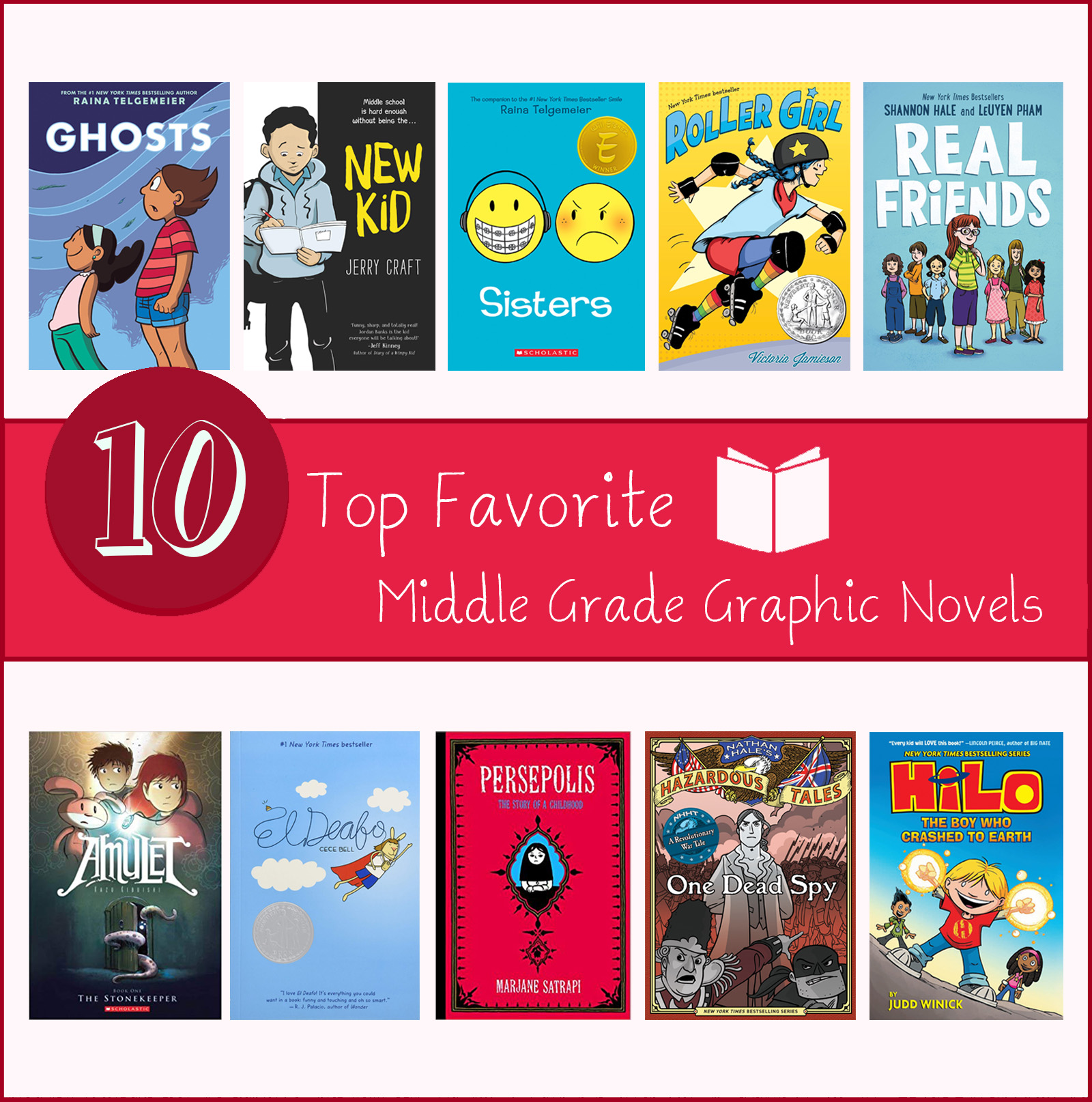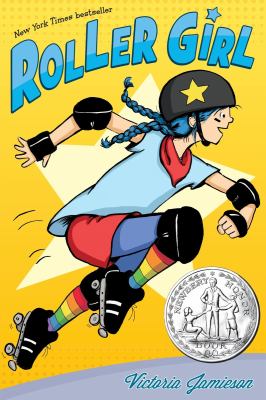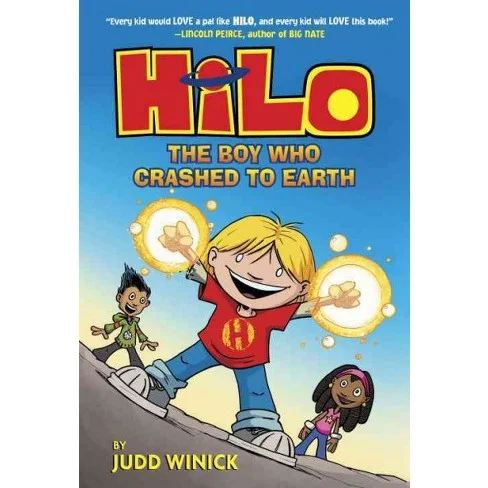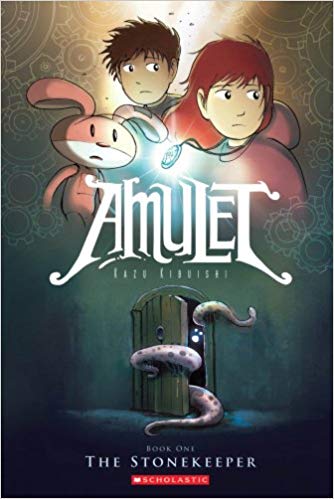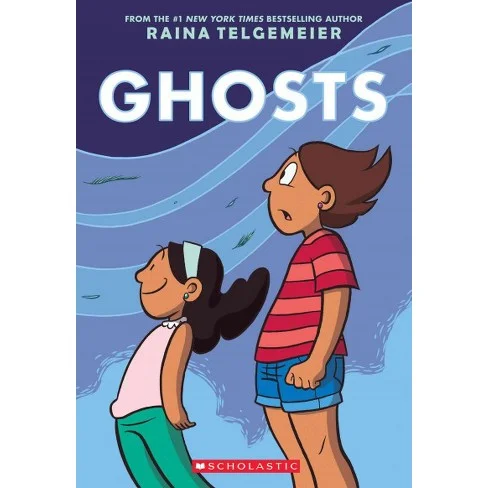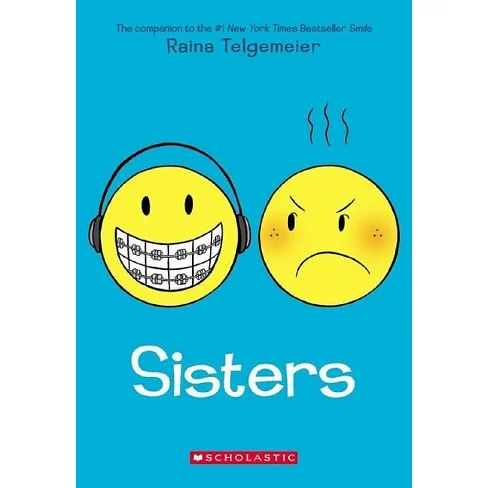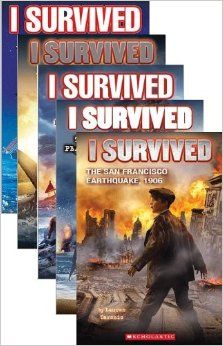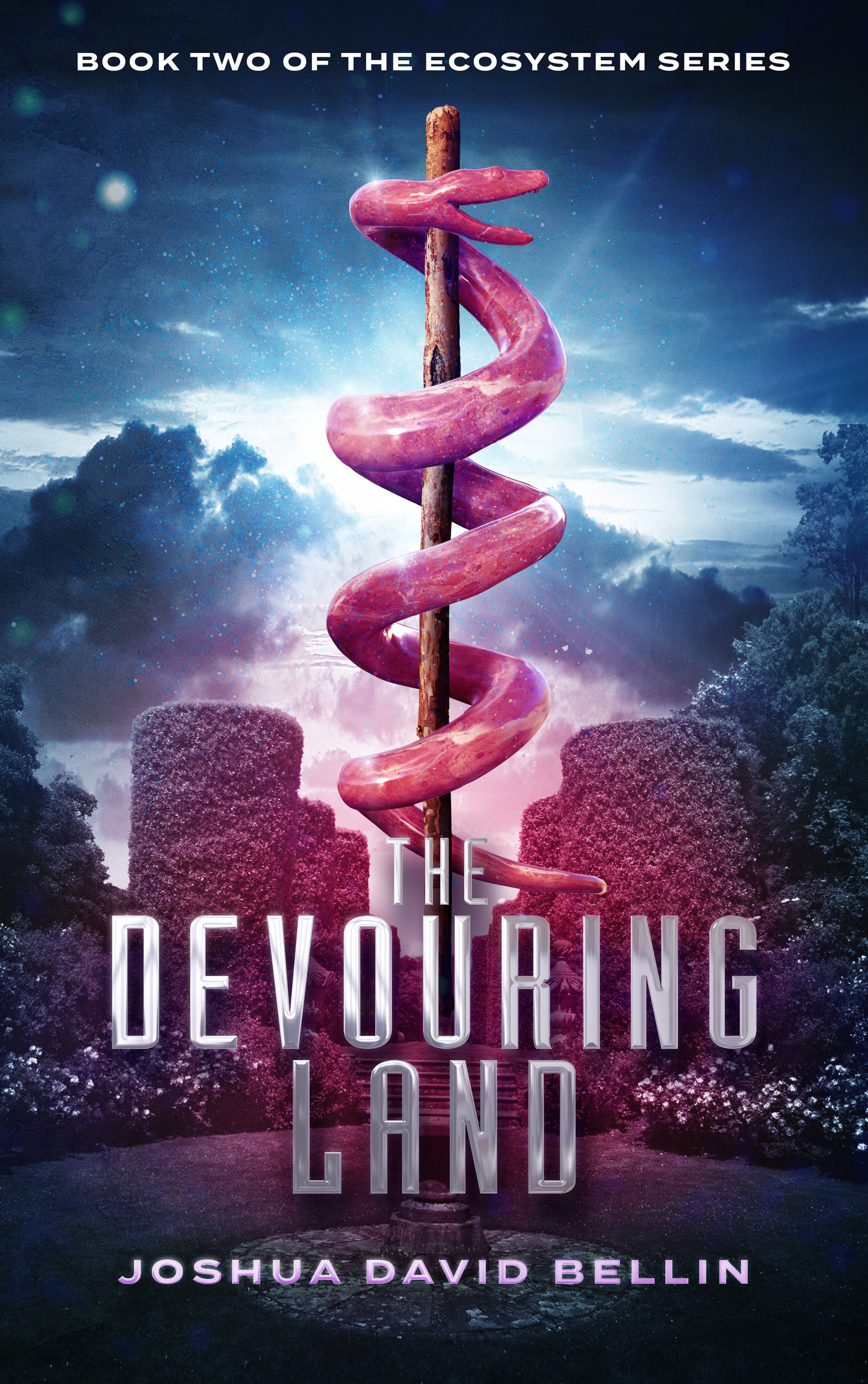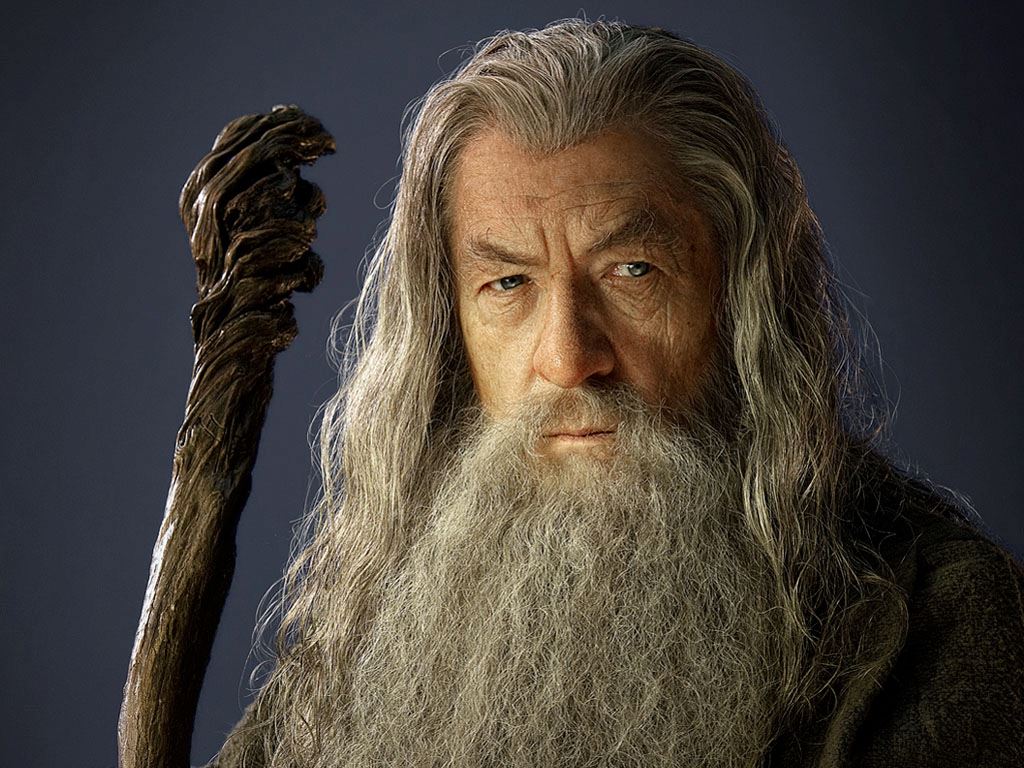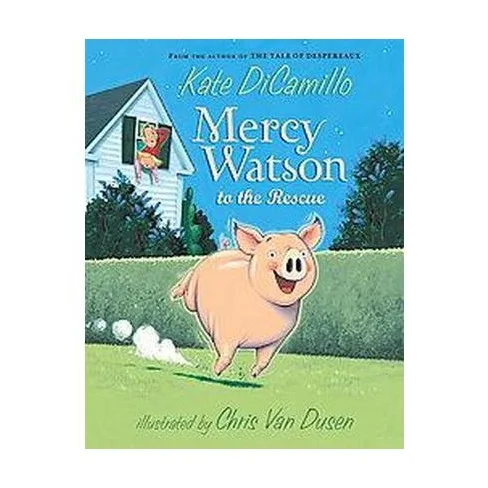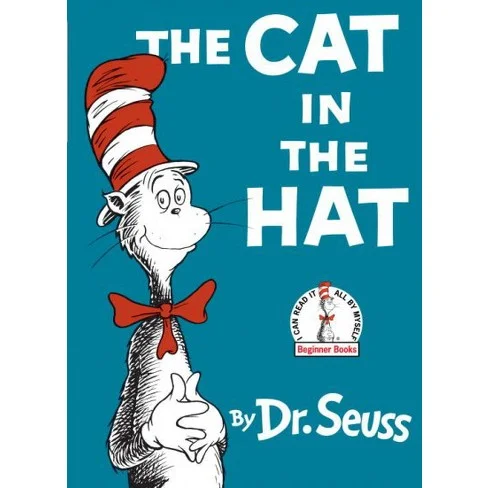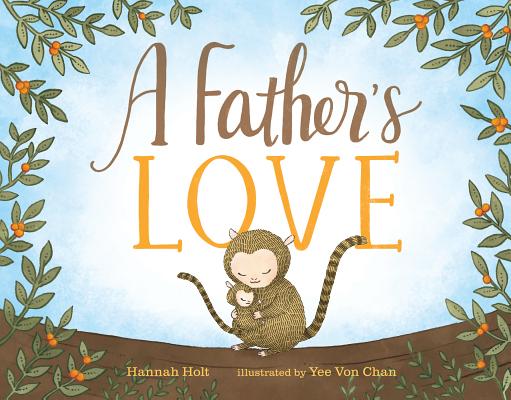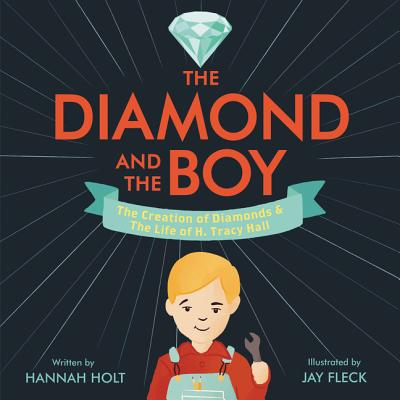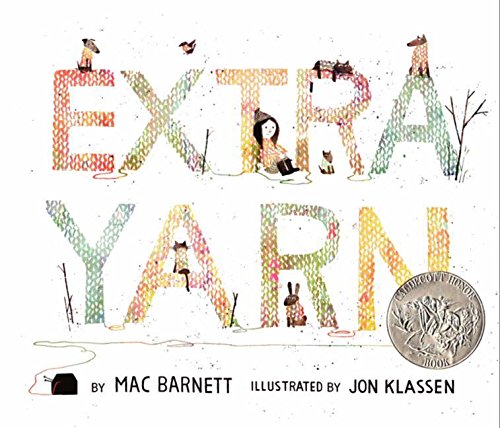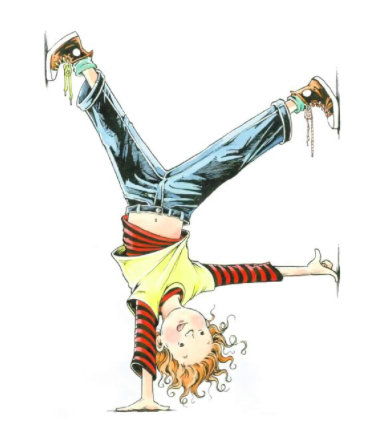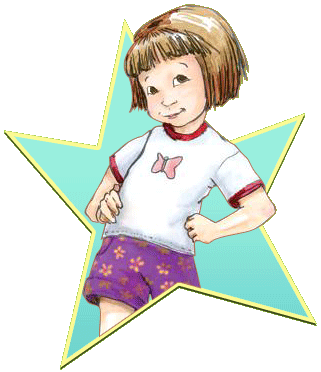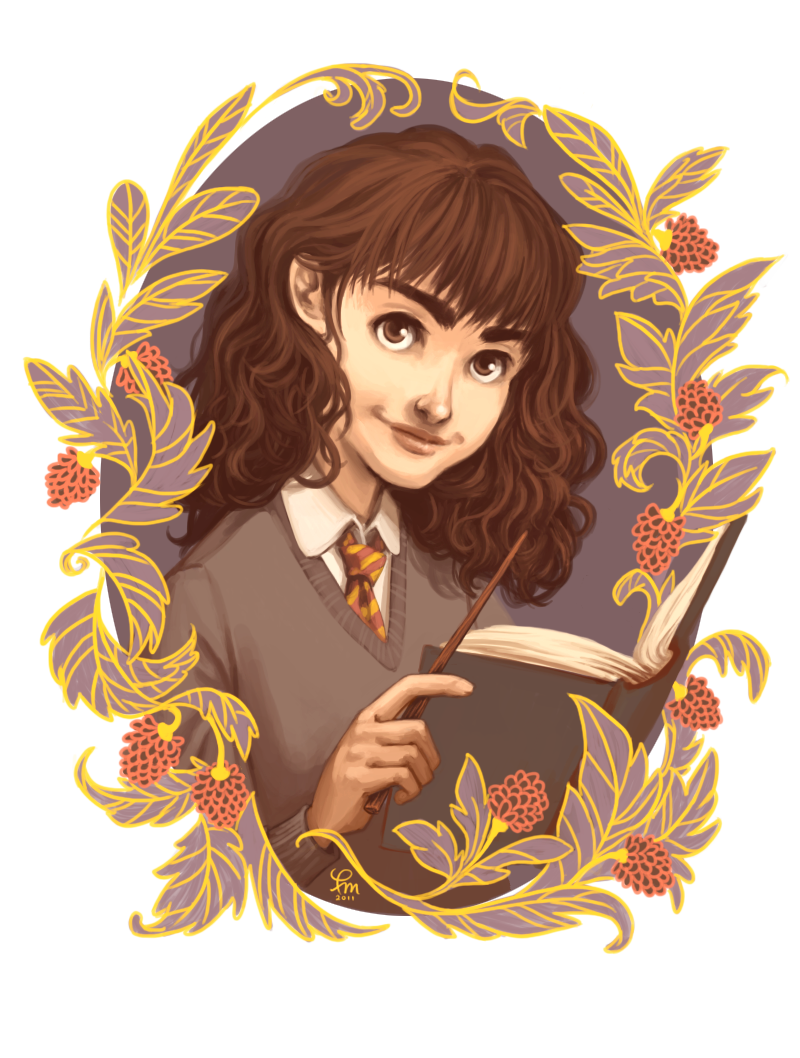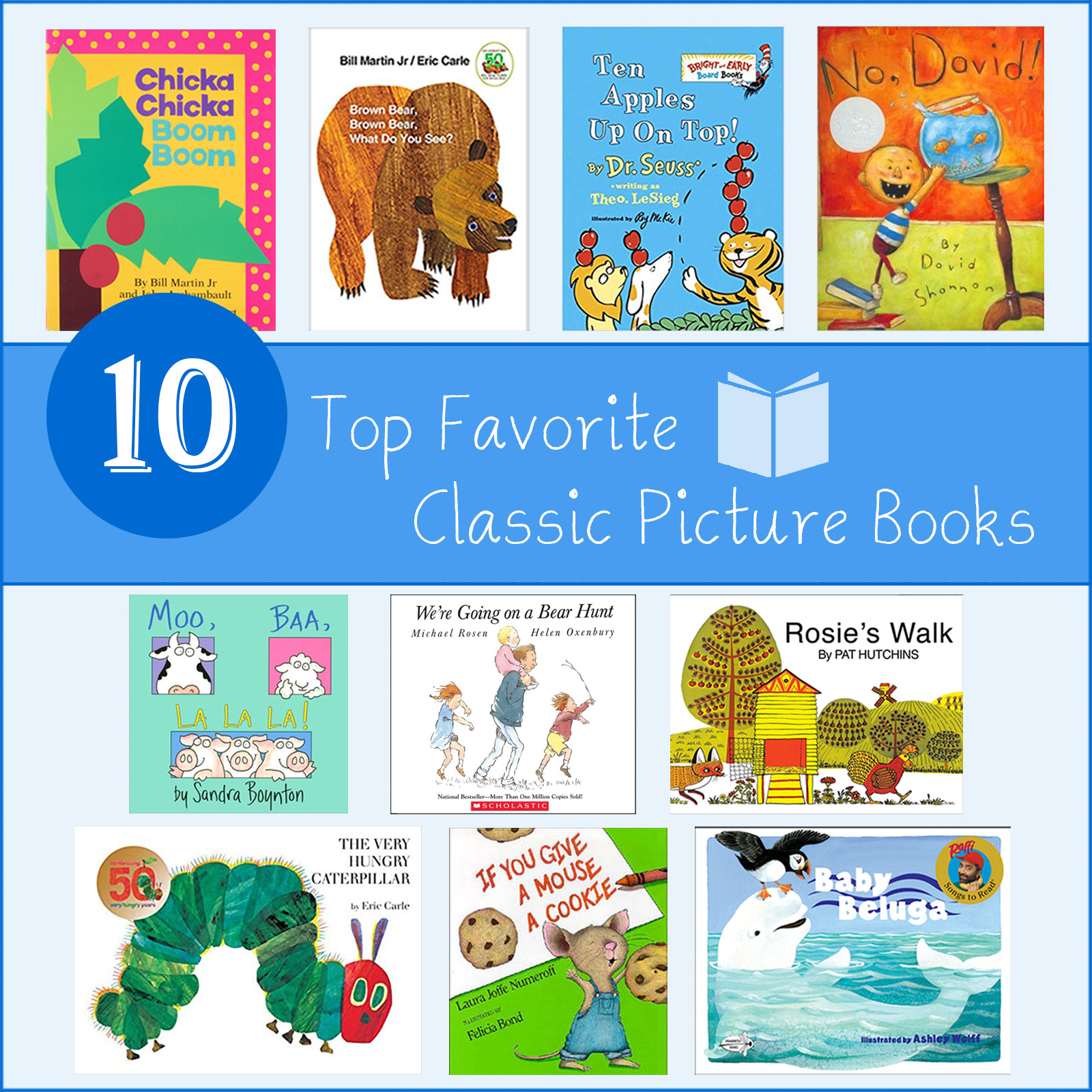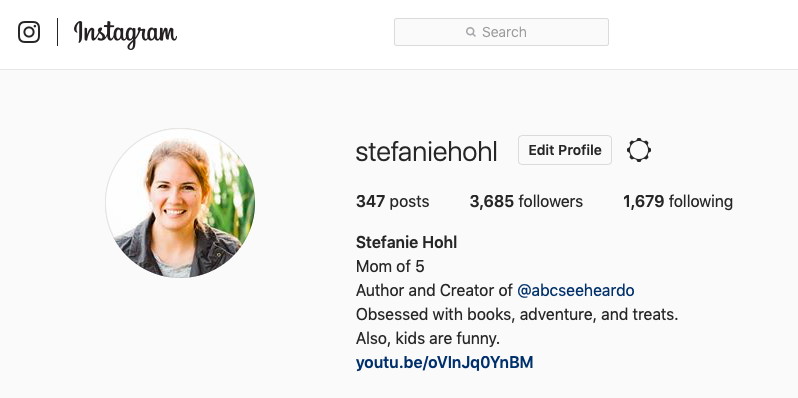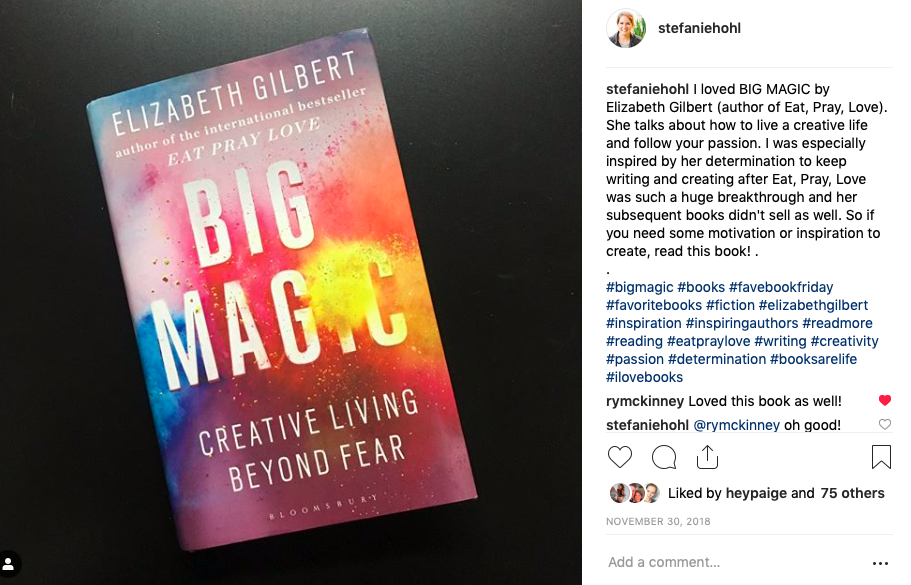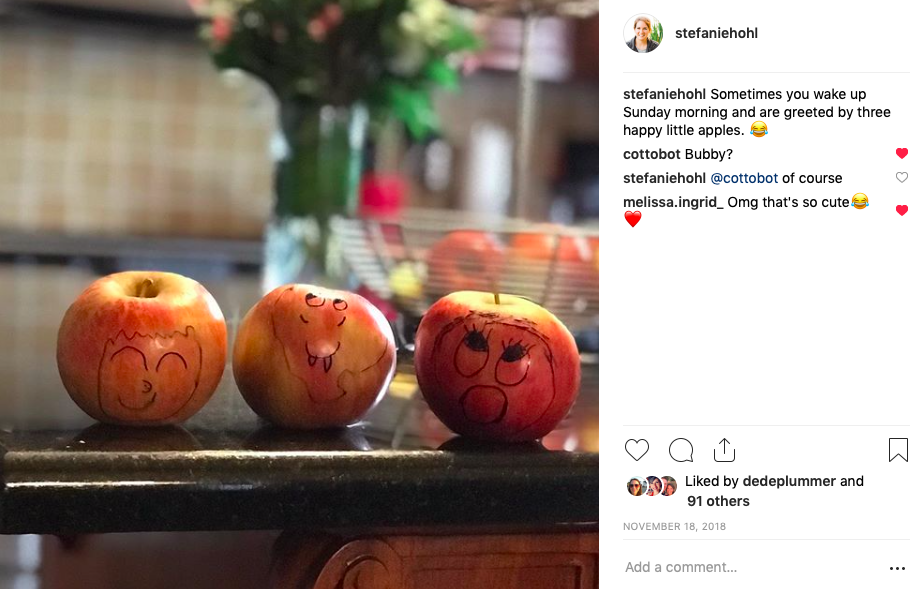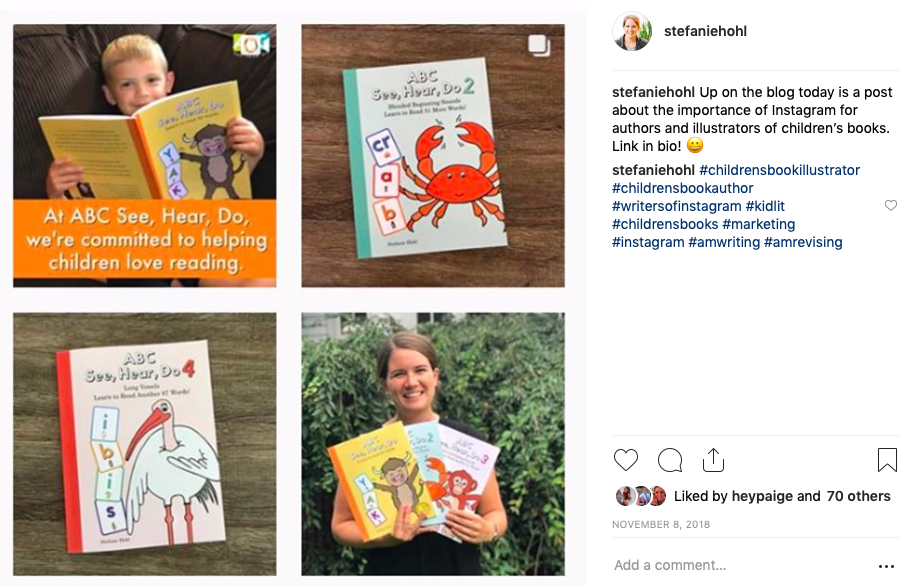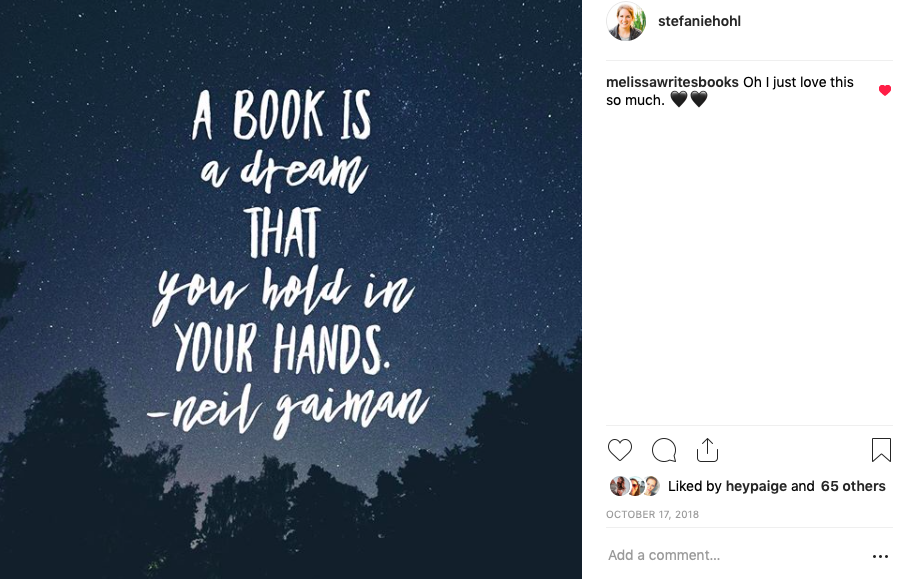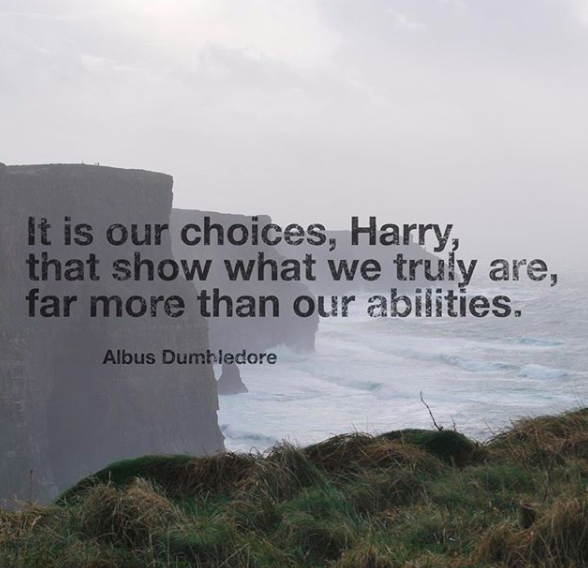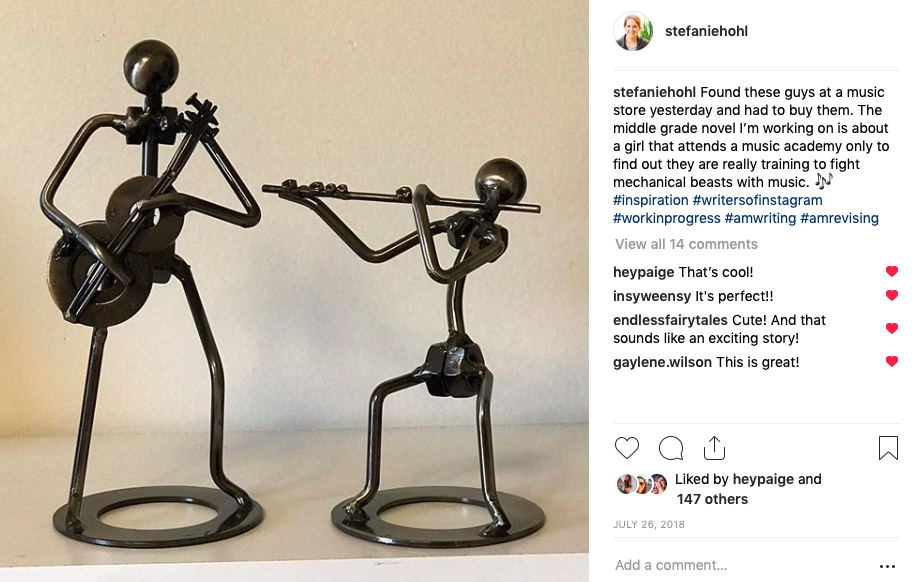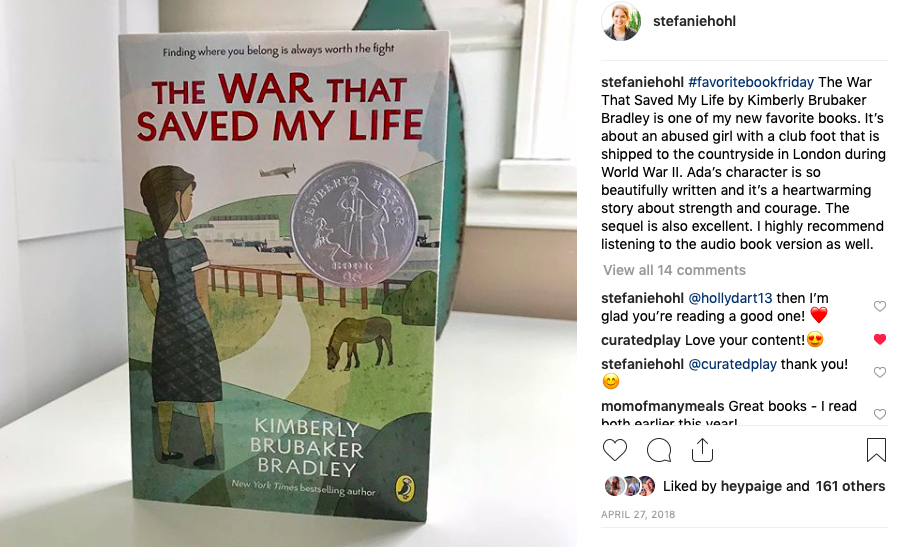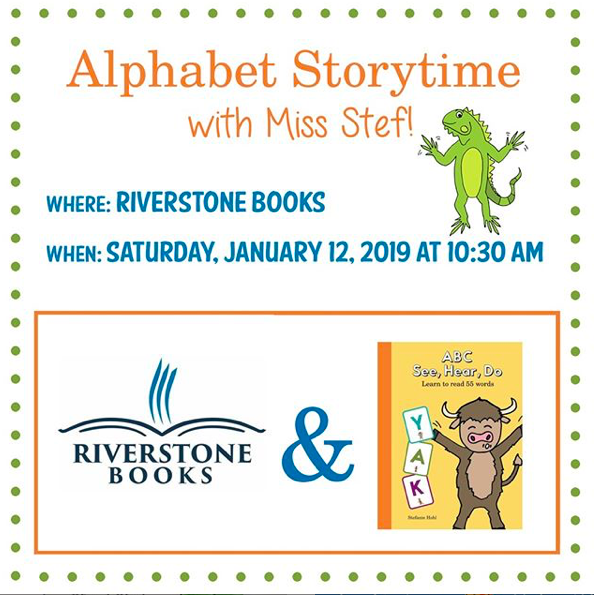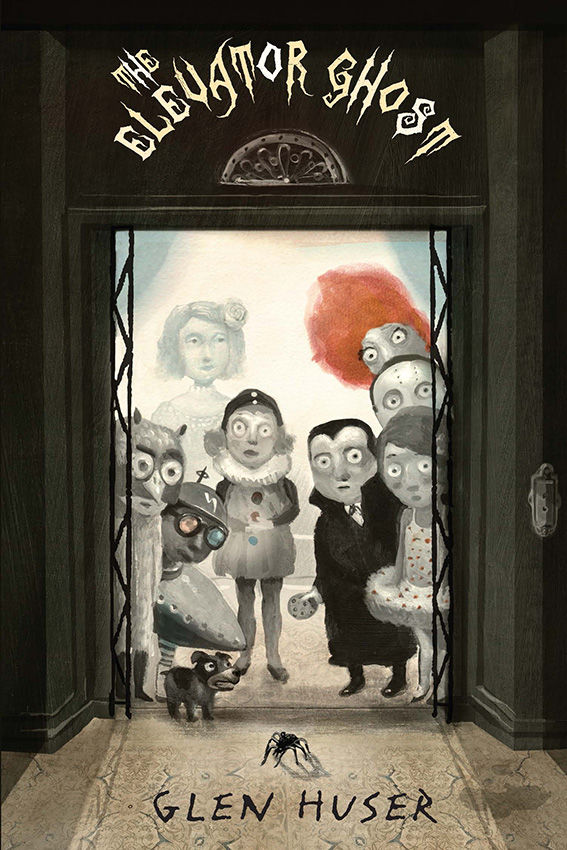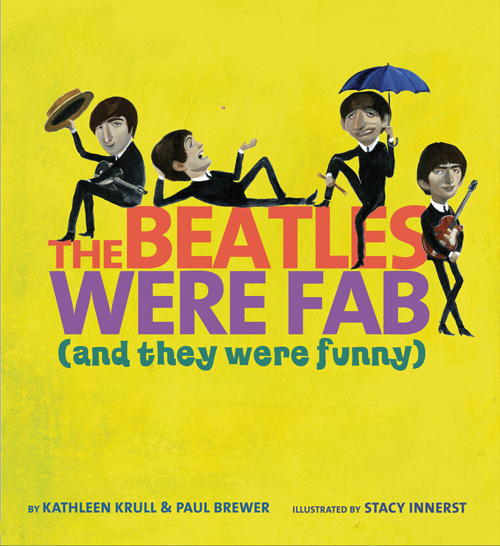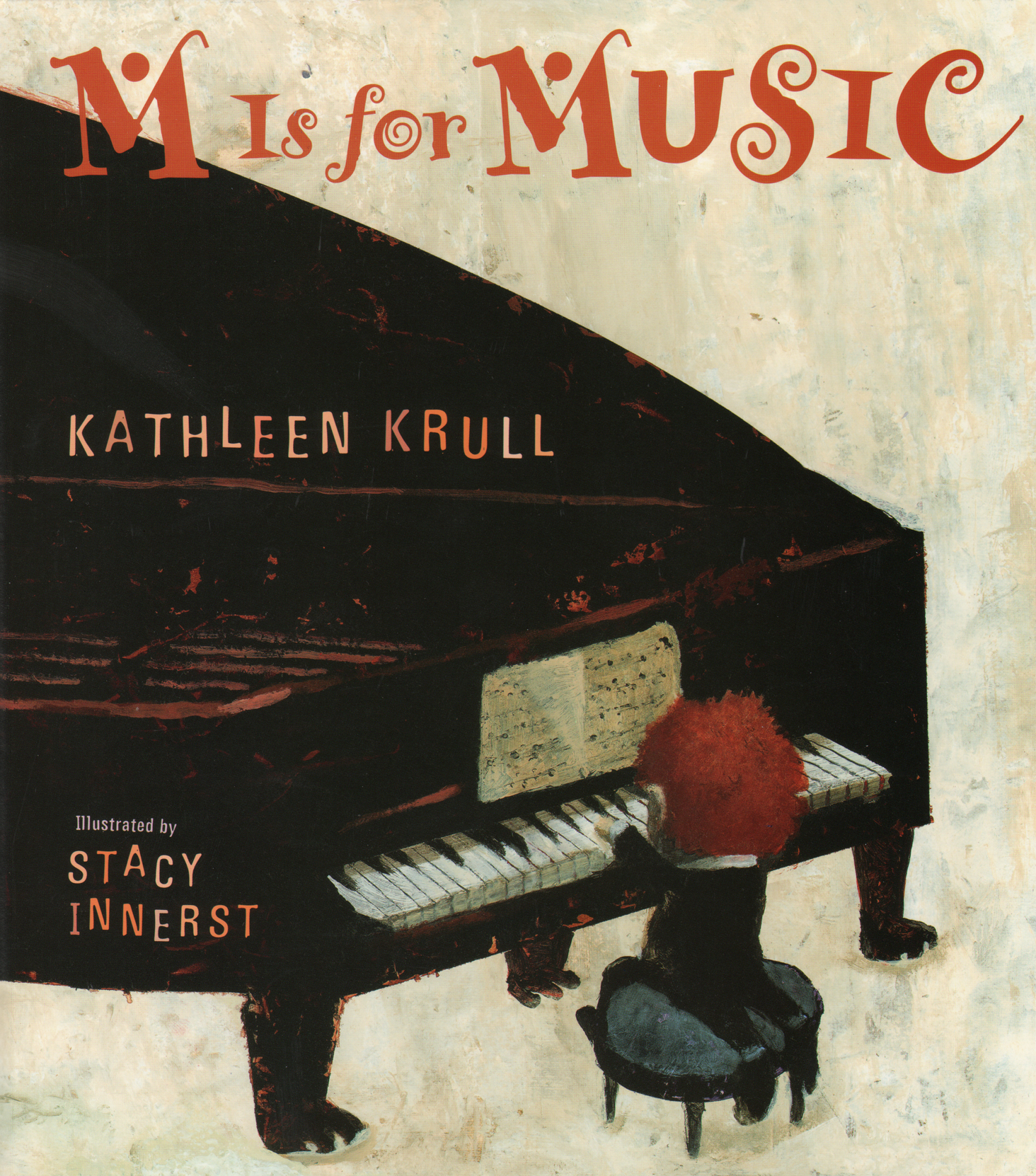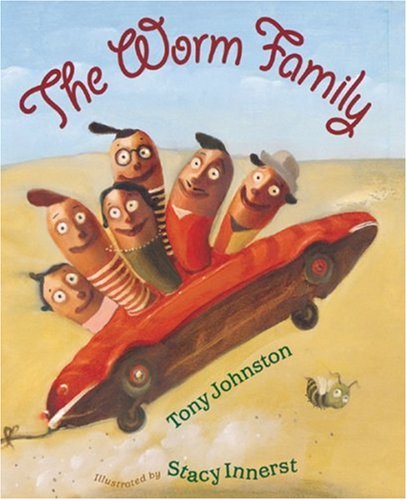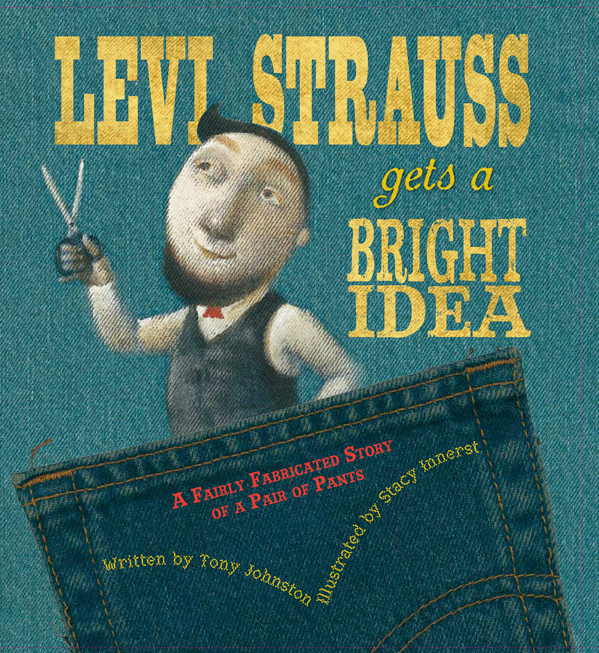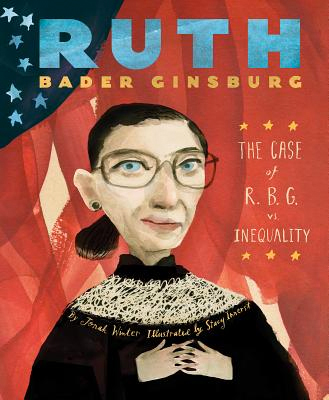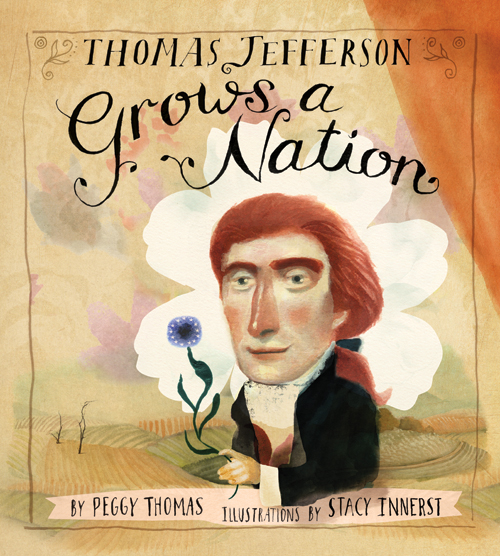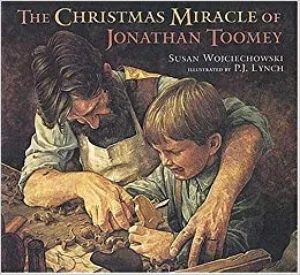Fablehaven by Brandon Mull
Fablehaven is the series that got my oldest son hooked on reading the summer after 4th grade. Kendra and her younger brother Seth soon discover that their grandfather is the current caretaker of Fablehaven, a place of fantasy filled with trolls, satyrs, witches, imps, fairies, and more. Through their adventures, Kendra and Seth are forced into battles to save their lives, their family, and maybe even the world! The book is filled with witty dialogue, great vocabulary and language, and engaging stories that will keep you reading late into the night! And even though it’s fantasy, Brandon Mull does a wonderful job making the characters relatable and realistic. Plus, these books make a great read-aloud for a family—heck, parents won’t even mind reading them without the kids!
Goose Girl by Shannon Hale
Goose Girl by Shannon Hale has been one of my favorite books since I first read it almost fifteen years ago. It is a wonderful retelling of the Grimm’s fairy tale of the same name. The story begins in the magical kingdom of Kildenzee, where Anidori-Kiladra Talianna Isilee is born a Crown Princess. As Ani grows, she learns from her aunt the language of the birds, and soon becomes skilled in talking with the animals. But when her mother sends her away to be married in a foreign land, she falls victim to a mutiny and must flee for her life. At this point, she decides to leave her royalty behind, instead taking on work “as a royal goose girl, hiding in plain sight while she develops her forbidden talents and works to discover her own true, powerful voice.” Hale weaves a powerful tale, a coming-of-age story with heart, humor, and even some subtle romance for fun.
Doll Bones by Holly Black
This book was on my to-read list for years. I finally got around to reading it this year and loved it! The story features a trio of friends—Zach, Poppy, and Alice, who have been playing one continuous, ever-changing imagination game. Their game is filled with all sorts of fantasy elements, including pirates, thieves, mermaids, and warriors, all ruled by the Great Queen, “a bone-china doll imprisoned in a cabinet, cursing those who displease her.” Now that the friends are in middle school, Zach’s father pushes him to give up the make-believe game for basketball instead. But when Poppy begins to have dreams of the Queen, she convinces the trio to go on one final adventure to end it all. Filled with a great mix of adventure, fantasy, and a bit of a ghost story, these three friends team up for an epic final journey!
Echo by Pam Munoz Ryan
Echo is a beautiful, moving story—both the novel and the audiobook are extremely well-done. A young boy named Otto starts the story when he gets lost in the woods, only to be rescued by three sisters imprisoned by a witch's curse. In return, Otto promises to help break the curse by carrying their spirits out of the forest in a harmonica and passing the instrument along when the time is right. Decades later, Friedrich in Germany, Mike in Pennsylvania, and Ivy in California each, in turn, become interwoven when the very same harmonica lands in their lives. All the children face daunting challenges: rescuing a father, protecting a brother, holding a family together. And ultimately, pulled by the invisible thread of destiny, their suspenseful solo stories converge in an orchestral crescendo. As one review states, "Each individual story is engaging, but together they harmonize to create a thrilling whole." This book is masterfully crafted and worth every second of the read.
The Graveyard Book by Neil Gaiman
I read The Graveyard Book by Neil Gaiman for a class years ago and loved it right away. Nobody Owens, otherwise known as Bod, is a seemingly normal kid, except for the fact that he lives in a graveyard and is being raised by a host of graveyard creatures. After his family was tragically killed when he was 18 months, he escaped the attack and wandered to a nearby graveyard. The graveyard's ghostly residents recognize that he is an orphaned boy and quickly adopt him to raise as their own. As Bod grows from baby to teen, he learns many of life’s lessons among this group of the dead, ghouls, witches, and periodic humans. The book is also full of the dangers of the world beyond the graveyard, where Bod learns his limitations and strengths and acquires the skills he needs to survive. The Graveyard Book has won numerous awards, including the Newbery Medal, the Carnegie Medal, Audio Book of the Year, and more. Check it out!
The Night Gardener by Jonathan Auxier
The Night Gardener is just the right amount of creepy and is so good! It’s a Victorian ghost story that follows two orphaned Irish siblings, Molly and her younger brother, Kip, who take on work as servants at a creepy English manor house. The family who lives in the manor house is full of secret surprises as Molly struggles to figure out what is really going on within the house’s walls. As one review states, “Lots of creepiness, memorable characters, a worthy message...and touches of humor amid the horror make this cautionary tale one readers will not soon forget.” The book is full of suspense that will keep you reading until the end!
The Unwanteds by Lisa McMann
The Unwanteds is great for kids who zip through a series, because there are a lot of these books! As one review states, this book is ‘The Hunger Games meets Harry Potter.” In a town called Quill, where at an annual purge of all thirteen-year-olds, children are categorized into the Wanted, or those who are strong and intelligent, and the Unwanteds, who will soon be sent to their graves. However, when the day of the Purge comes, identical twins Alex and Aaron learn of a hidden world and an eccentric magician named Mr. Today who saves the condemned. This new hidden world “is a colorful place of talking statues, uncommon creatures, and artistic magic, where creativity is considered a gift...and a weapon.”
Wing and Claw Trilogy by Linda Sue Park
Wing and Claw is a fun, entertaining adventure story. The audio book is excellent. The story mixes fantasy, adventure, magic, and botany, and it includes themes such as family, duty, and home. It features Raffa Santana, a 12 year old boy and gifted apothecary, who loves the mysterious Forest of Wonders. After a seemingly simple encounter with an injured bat, Raffa is led to the magical city of Gilden. Along his journey, Raffa and his friends must work together to save the creatures of the Forest of Wonders that he loves. As one review states, “With its engaging hero, talking animals, arcane magic, moral issues, unresolved plot, the first of a proposed trilogy promises more exciting forest wonders.”
Ranger’s Apprentice by John Flanagan
Ranger’s Apprentice is one of my son’s favorites series. I think there are about 21 books in the series, so this can keep your child busy for a long time! Will is a fifteen-year-old trying to figure out his place in the world. The village in which he lives is made up of a group known as the Rangers, who he later will learn are the protectors of the kingdom and “fight the battles before the battles reach the people.” He has been chosen as the Ranger’s apprentice. These books are full of mystery, terrifying creatures, epic battles, and much more!
The Iron Trial by Holly Black and Cassandra Clare
The Iron Trial is a fun series with a lot of similarities to Harry Potter. Known as a “thrilling coming-of-age story that embraces fantasy tropes while keeping readers guessing,” The Iron Trial follows Callum Hunt, a twelve-year-old who has been taught by his father to fear and avoid magic all of his life. So when it’s time for the Iron Trial, he does all he can to fail, but instead lands himself right in the Magisterium, the magician's training school. This path leads him to more challenging tasks, trials, and choices he must face as he learns who he can trust and who he should not. And when this book ends and readers crave more, there are plenty more books in the series to love!














